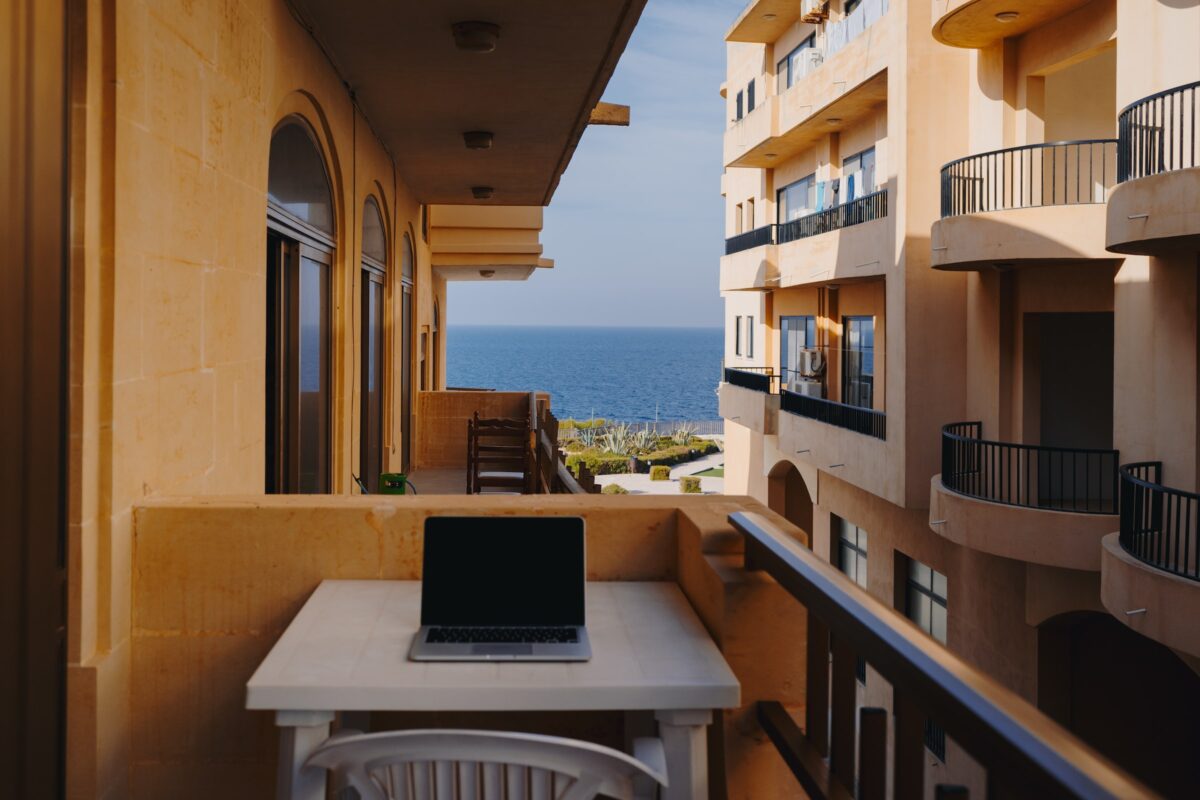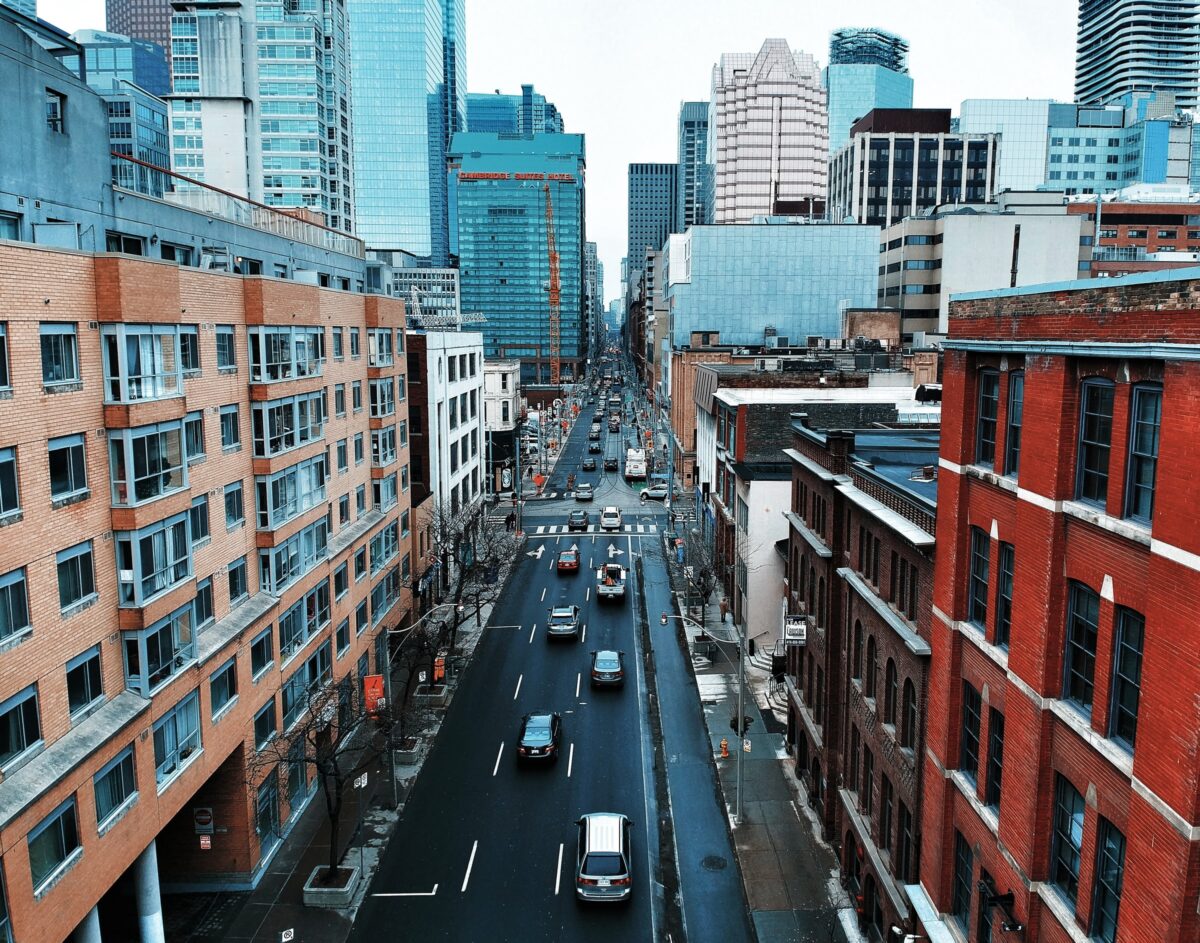Unique, marked prints found inside to be reestablished and sold.
It’s among the last places you’d hope to discover significant Inuit work of art.
Yet, in an old, bedraggled house in Detroit new property holders did precisely that.
“My better half and his colleague flip homes and, a while prior, they came into ownership of a home that was seriously water-harmed,” said Tamara Noskov, whose spouse Andrey is one of the property holders.
The house had been sitting void for quite a long time. At the point when the past proprietor kicked the bucket, his family sold it and a portion of its substance.
Relinquished inside notwithstanding, were in any event at any rate 40 unique and marked prints by craftsmen from Kinngait (previously Cape Dorset), Nunavut, including the prestigious Kenojuak Ashevak.
“As we gradually experienced it, we understood that they were in reality some entirely important and intriguing pieces,” said Noskov, who was entrusted with dealing with the craftsmanship.
“The absolute generally delightful and valuable pieces were found in the carport, under trash, under bad paper and all various kinds of things,” she said. “Perhaps they simply didn’t have a clue what they had in their grasp.”
The prints are from the West Baffin Eskimo Co-usable in Kinngait, a village on the southern tip of Baffin Island.
The co-employable disseminates its prints, drawings and models to galleries and private gatherers. In 2018, it opened the Kenojuak Cultural Center, a network center point, studio and show space.
William Huffman, promoting director of the center’s Toronto office, said it’s extraordinary how productive the association’s craftsmen have been.
Additionally, he stated, “the money related estimation of this work is detonating.”
Huffman said in the good ‘ol days, prints sold for $35. Today, pieces by craftsmen, for example, Ashevak, who kicked the bucket in 2013, are worth thousands.
“Simply a year ago, one of her most conspicuous pieces, Enchanted Owl, was sold at closeout for $216,000. It is the most exorbitant cost for a print throughout the entire existence of auxiliary market in this nation,” he said.
Subsequent to finding the prints, Noskov posted about them in a Facebook bunch called Inuit Art Enthusiasts and got a whirlwind of remarks.
She at that point connected with an Adnan Charara, a family companion and the proprietor of Galerie Camille in downtown Detroit.
“[Charara] will assist us with finding the best proprietors for these delightful pieces,” said Noskov, in the wake of having some of them reestablished.
“Some are truly harmed,” Charara said. “They have form, they have a ton of stains.”
Others have tears and wrinkles, and are imprinted on extremely sensitive papers. Yet, Charara says most can be spared.
He intends to show the rescued assortment at his exhibition and online in the coming weeks.




